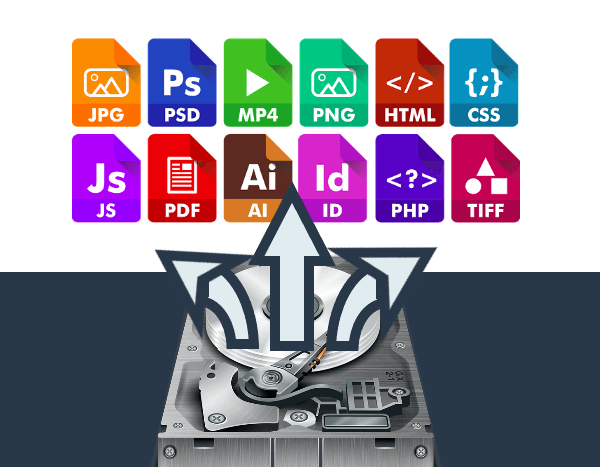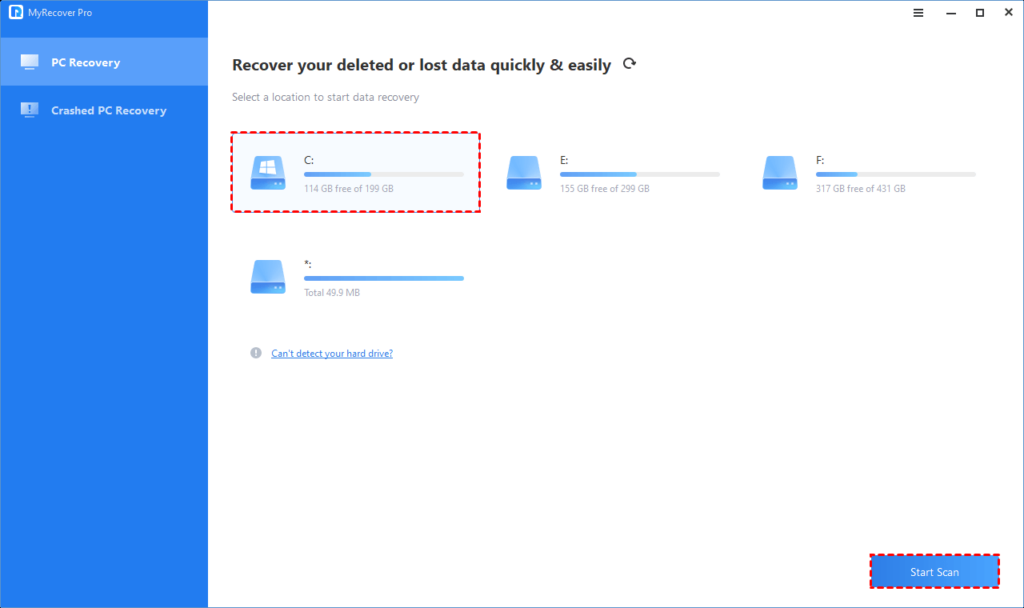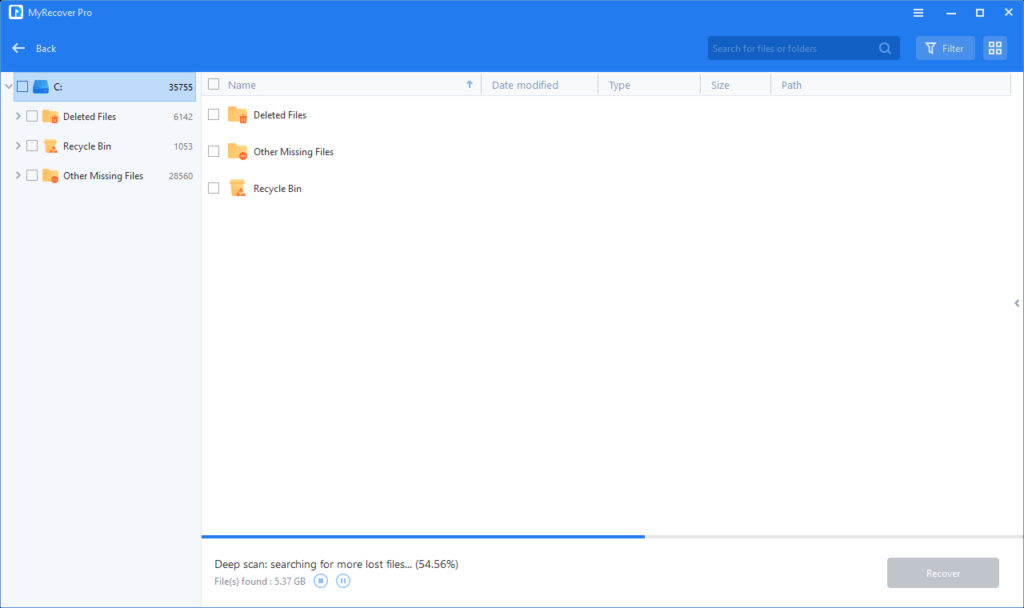What is the use of recovery software?
Data often disappears from physical drives (internal/external HDDs, SSDs, USB drives, etc.) due to various reasons such as accidental deletion, Shift +Delete, or virus attack.
Confronted with such situations, individuals use data recovery tools to recover lost files.
https://www.ubackup.com/screenshot/en/data-recovery-disk/theme-pic/hard-drive-data-recovery.png
Nevertheless, performing new actions may overwrite the free space where permanently deleted files were once stored. Once data is erased, retrieving lost files poses a challenge, even with the assistance of powerful data recovery software.
To enhance the likelihood of successful data recovery, you’d better refrain from adding new data to your local drive to avert the risk of data erasure.
Which is the best data recovery software for Windows 10?
Most users prefer free data recovery software or have a limited budget. So they might raise questions as follows.
“Is there a data recovery software that actually works? How do I choose a data recovery software freely?”
Faced with choosing one of the best free data recovery software for Windows, consider the following criteria if you’re uncertain about the selection process.
First, the significance of the data loss scenario’s context takes precedence. Unique situations call for distinct data recovery tools and approaches.
Second, the pivotal role of powerful and user-friendly features in the decision-making process.
- Offer the preview, filter, sort, or search features.
- Selectively recover files or folders with the original file names, paths, or attributes.
- Provide non-tech users with an intuitive GUI.
Third, the price is a big deal, especially if you’re into free data recovery software.
Fourth, another crucial factor is compatibility. Please ensure your chosen tool supports your Windows OS, file system, and storage devices for optimal performance.
Fifth, reviews and ratings also matters.
Recover deleted/missing files from hard drives via free file recovery software
We recommend MyRecover, a robust Windows recovery tool for you. In summary, this free data recovery software provides excellent features, a friendly design, a free version, and good compatibility.
Please get an overview of MyRecover below:
Recover data:
- Recover deleted/lost files from internal/external HDDs, SSDs, USBs, SD cards, etc.
- Recover data caused by deletion, disk formatting, virus attacks, or system crashes.
- Recover 200+ types of data: images (JPG/PNG/BMP, etc.), audio (MP3/WAV/ARM, etc.), videos (MP4/MOV/AVI, etc.), texts (MS Office files/WPS files, etc.), compressed files (RAR/ZIP, etc.), emails, websites, etc.
Easy-to-find recoverable files:
- During scanning, users can filter/preview their targeted files according to filename, file format, saved path, storage size, deleted date, etc.
Free file recovery versions:
- Recover 30MB of data for free with unlimited times.
Good compatibility:
- Support Windows 11/10/8/7/Server and NTFS/exFAT/FAT32/ReFS file systems.
Download this data recovery software freely to recover deleted files from hard drives now!
Step 1. After installing and launching MyRecover, select the local drive that saves your permanently deleted files before data loss > click Start Scan.
Step 2. After clicking Start Scan, MyRecover automatically runs Quick Scan and Deep Scan to detect all the retrievable files on your chosen drive.
During the scanning process, you can filter and preview your needed files according to Filename, Document Type, Path, Size, Date, etc.
For example:
Name: Enter the relevant filename of your needed files to quickly locate them.
Date modified: Set the date (today, yesterday, last 7/30 days, etc.)
Size: Set the file size (<128KB, 128KB~1MB, 1MB~512MB, etc.)
Step 3. Under the Deleted Files/Recycle Bin/Other Missing Files folder, locate the missing files you want to retrieve > click Recover x files.
For unlimited file recovery on multiple Windows PCs, think about upgrading MyRecover to the Pro/Tech version.
In the end
Are you in search of reliable data recovery software freely? If this is a problem, please consult the top five criteria for selecting a suitable file recovery tool.
To avert additional damage, take preventive steps to secure your valuable data. For example, you can use Windows backup tools or alternative Windows backup software like AOMEI Backupper Standard for safeguarding folders, partitions, disks, or systems.




0 Comments